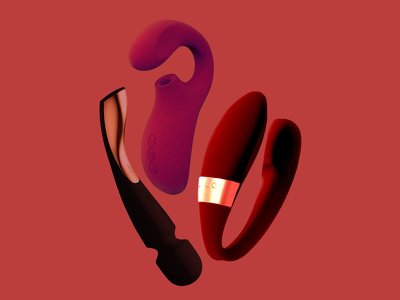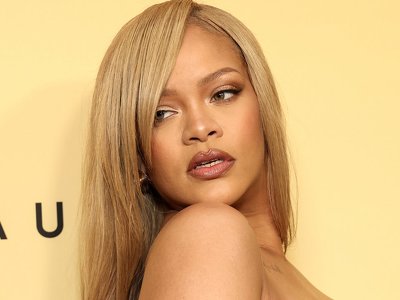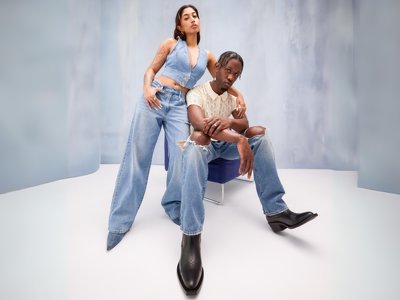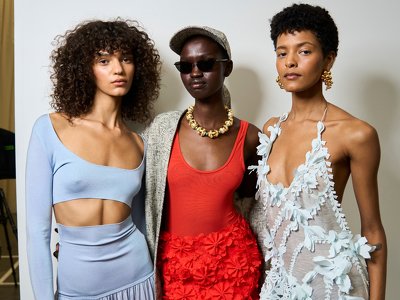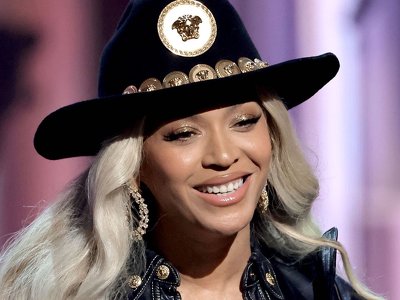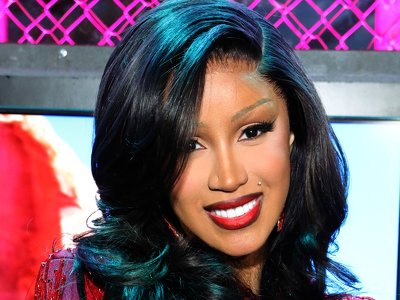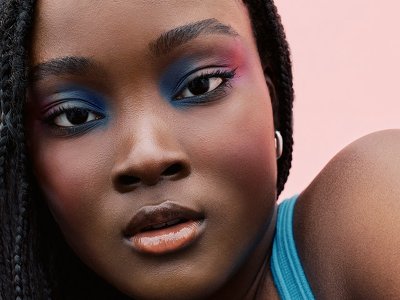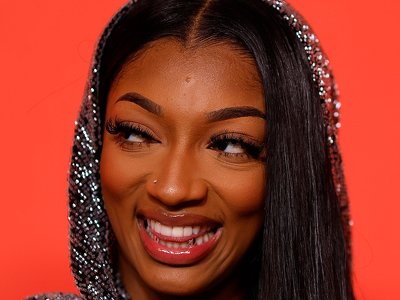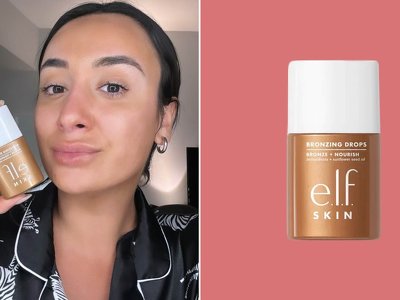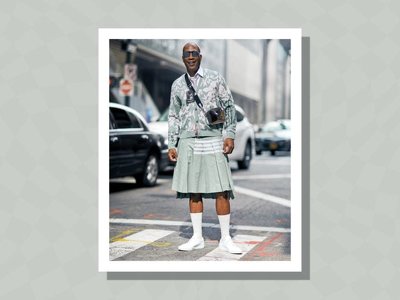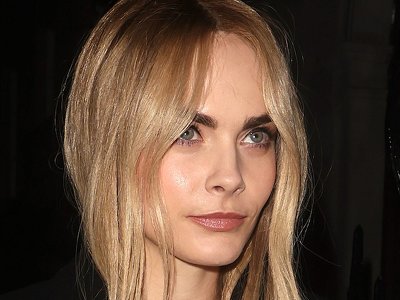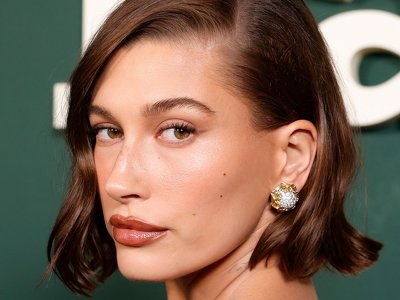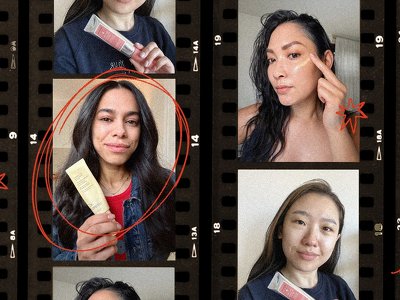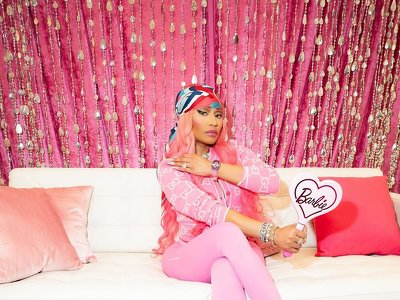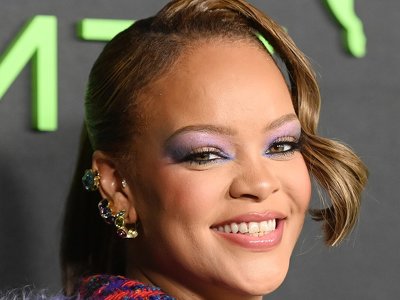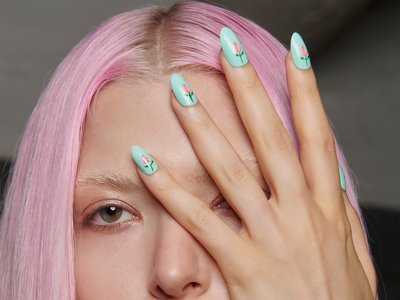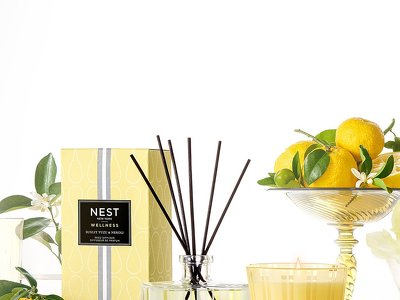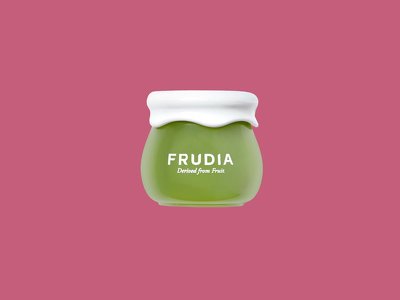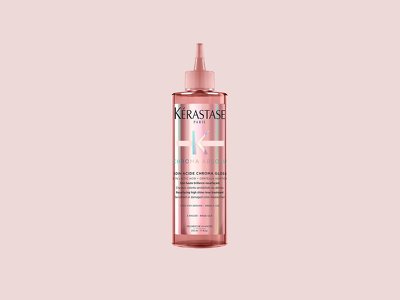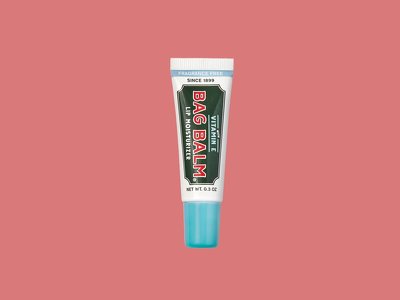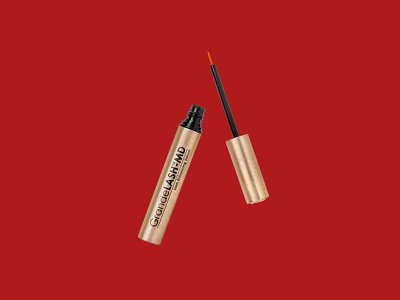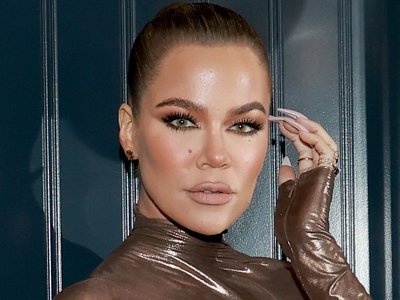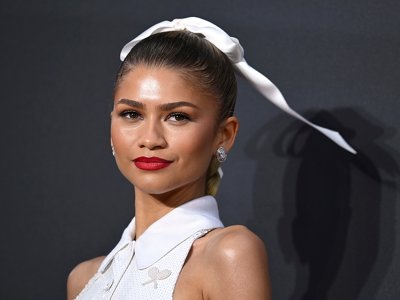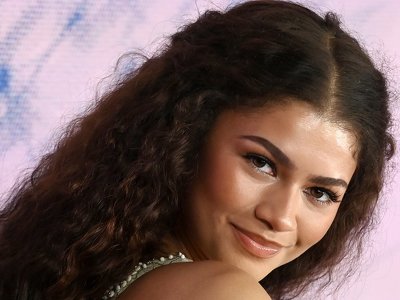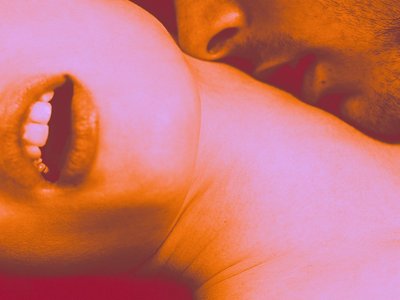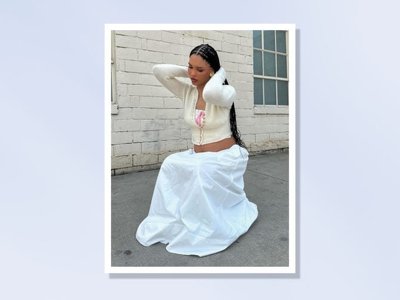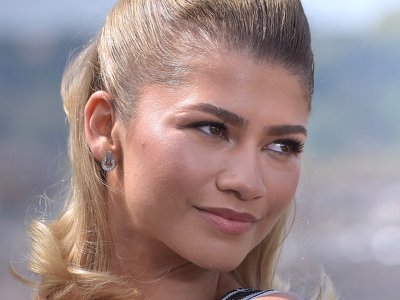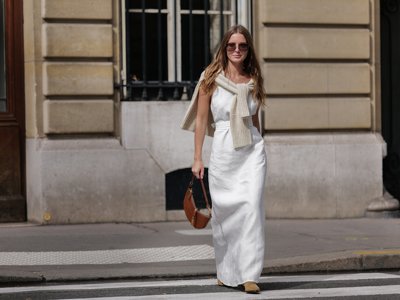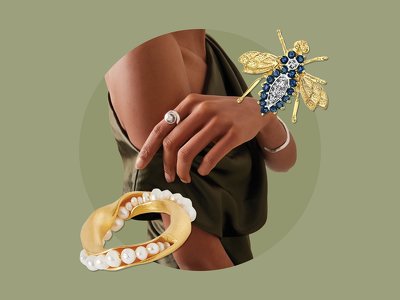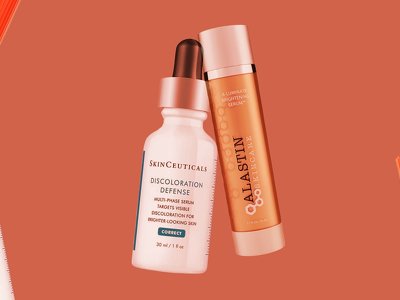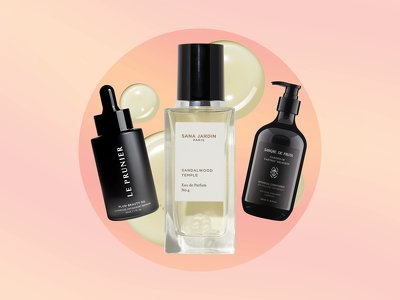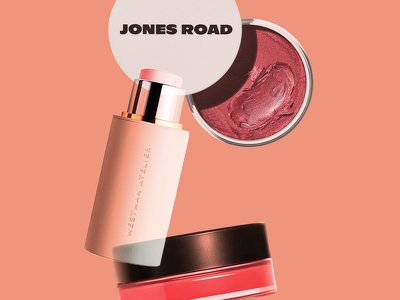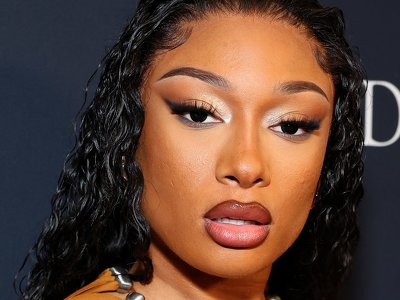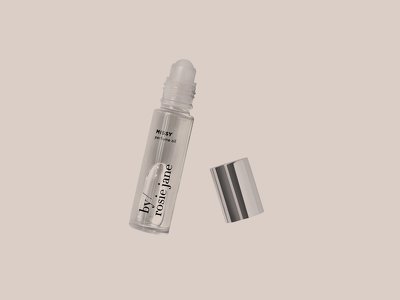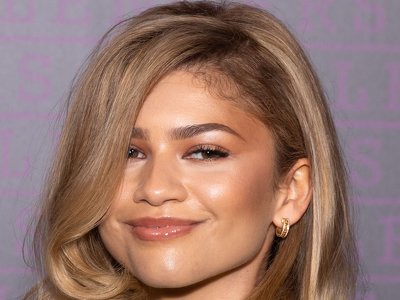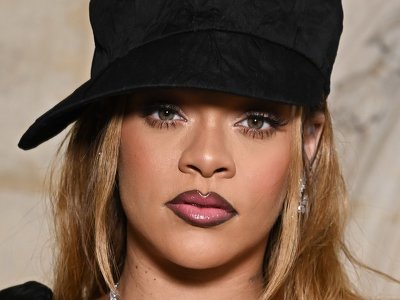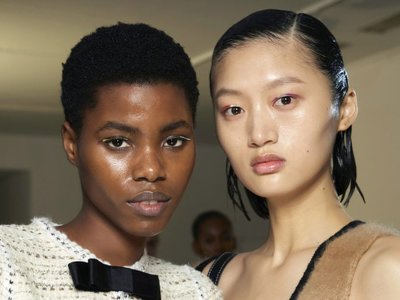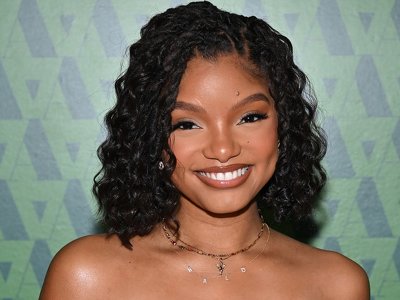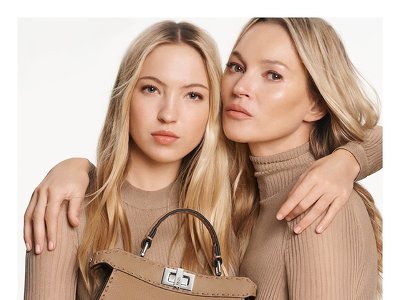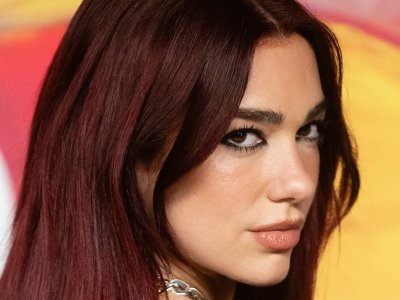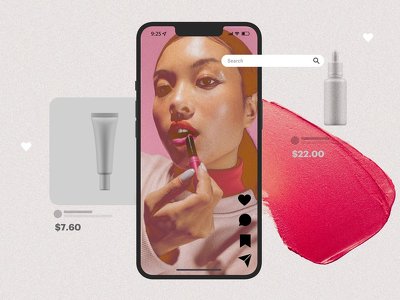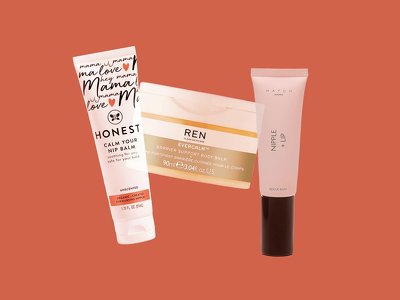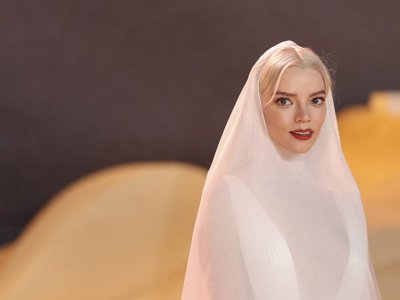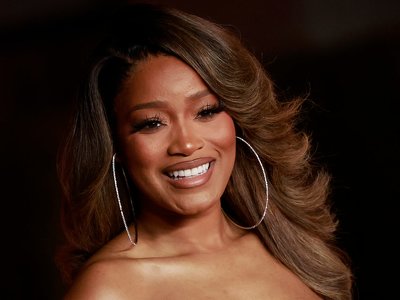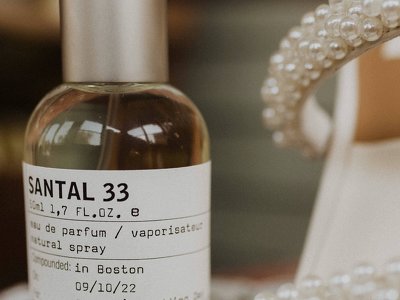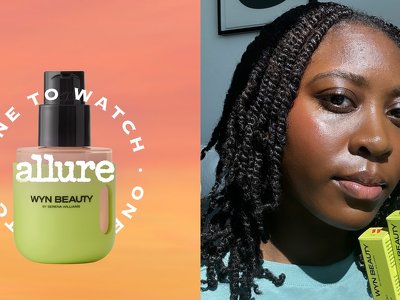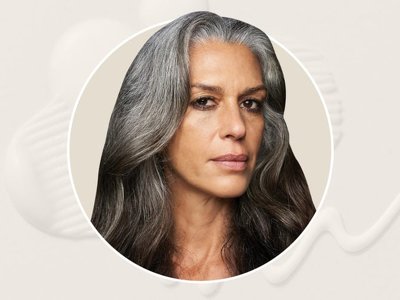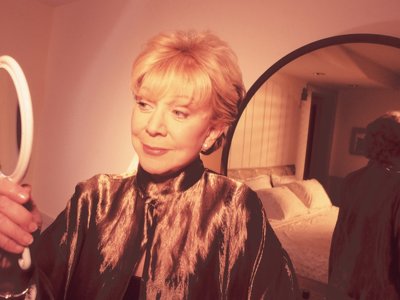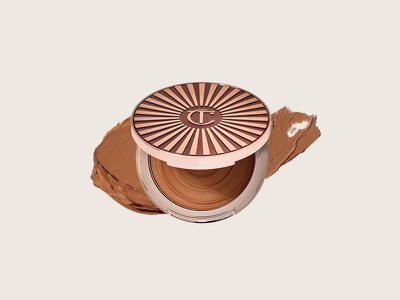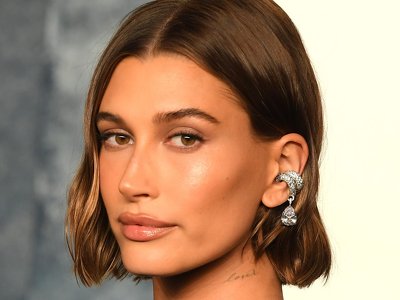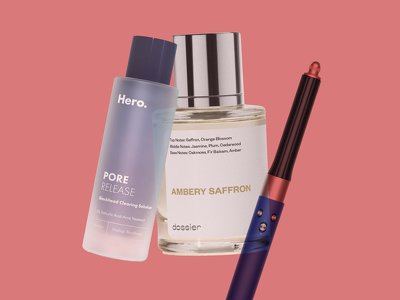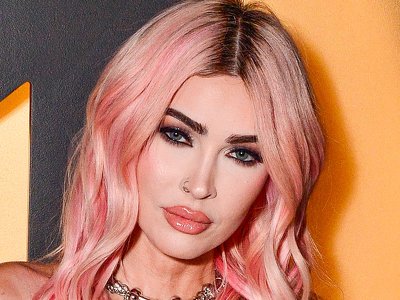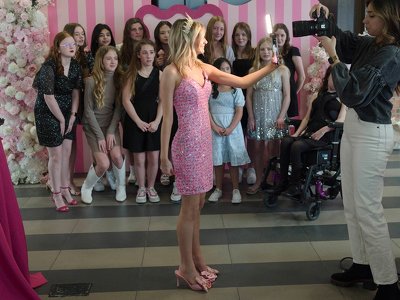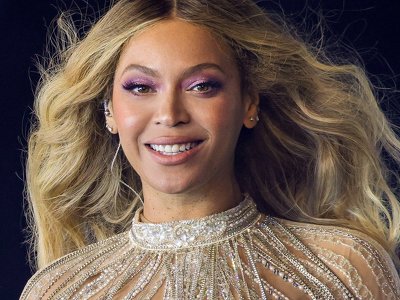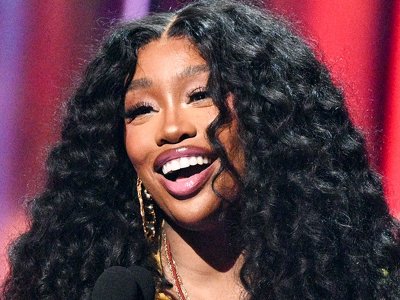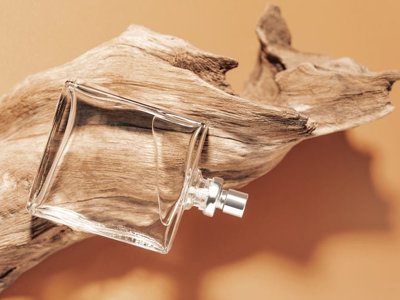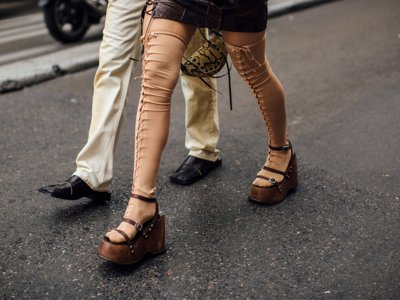Elizabeth Gilbert Is Done With Botox, Fillers, and Her Shiny Blonde Hair

There’s one thing you could say for sure about the writer Elizabeth Gilbert, whose best-selling memoir—you might remember Eat, Pray, Love?—brought her international fame, a popular movie (in which she was played by Julia Roberts, and her Bali-love-interest-and-future-husband by Javier Bardem), and a sizable fortune. I’ll get to that one thing you could say in a moment.
Twenty years ago, Eat, Pray, Love chronicled Gilbert’s post-divorce search for meaning over the course of a year spent in Italy, India, and Indonesia. It sold over 12 million copies and became something of a vade mecum for 30-something women. (Magazine history sidenote: A genesis of the book was an essay Gilbert wrote for Allure in 2003, “The Road to Rapture,” about abandoning her life to find beauty within herself.) Gilbert’s new memoir, All the Way to the River, documents a very different chapter of her life, which involved a passionate love affair gone very wrong, then very right, then very sad, and a thorough recalibration of her spiritual livelihood.
The story in a (supersize) nutshell: Gilbert fell deeply in love with Rayya Elias, her hairstylist-turned-best-friend, who described herself as “an ex-junkie, ex-felon, postpunk, glamour-bitch dyke,” and who was all of those things, but also a talented stylist, musician, storyteller, filmmaker, and in Gilbert’s estimation, a kind of sorceress, as well. When Elias is diagnosed with terminal liver and pancreatic cancer, Gilbert declares her love and leaves her marriage to be with her. An alcohol and heroin addict in recovery, Elias begins using again but, refusing to let drugs get in the way of their soul-match, Gilbert persists in supporting her beloved through her descent deeper into addiction.
As you can imagine, conditions go from bad to worse to so much worse, until Gilbert is forced to confront her own addiction—to love and sex—which allows her, finally, to let go of her old attachment to Elias and learn to love her in a healthier way. The lovers reconcile. Elias dies.
It’s a story as old as time—unlikely lovers meet, lovers surmount terrible obstacles, one of them dies. But this survivor goes on to find—even celebrate—a new way to flourish going forward. In Gilbert’s raw telling, the journey is compulsively readable. So, here’s the one thing you can say without reservation about Liz Gilbert: She never does anything 100%. She does, in fact, do everything 1,000%.
Case in point: In the final pages of All the Way to the River, she shares, “Somewhere during the writing of this book, I took a set of clippers to my head and shaved down my hair to a velvety stubble.” Not a you-know-what little bob or even a pixie… down to a velvety stubble. “This seems important to our story—given the fact that Rayya was my hairdresser,” Gilbert continues. “She was one of the few people who could ever make my frizzy mop of ‘duck fluff’ look gorgeous… But now I tend to my hair all by myself, by buzzing it off once a week and never giving it a moment’s thought otherwise.” In my recent conversation with Gilbert, I decided to start there.
Elizabeth Gilbert: I want to preface this by saying that if I had been graced with extraordinary, perfect, silky, long, effortless hair, I probably would not have shaved my head. But my hair and I have been in a battle for my entire life. I remember being a child and my mom just constantly saying how difficult my hair was. It’s very thin and fine, but also extremely frizzy. It gets knots in it. It’s too breakable to grow long. Parts of it are curly and parts of it are straight, it’s like five different people’s hair on one head. In order for me to look the way I’m supposed to look as a “pretty lady” in the definition of our culture, it’s taken me decades to figure out how to manage it, and it’s incredibly expensive and it’s incredibly time-consuming. I got it there eventually, with Rayya’s help. And there was a certain victory in that. I cracked the code on how to have hair that looks “pretty”: blonde, straight, and shiny—the hair that I had when I was three or four years old. I mean, my highlights were literally called “baby blonde,” which is adorable and hilarious given that I'm a 56-year-old woman.
Elias and Gilbert mid-haircut in 2011 (left) and at a New York City event in 2014.
But I’ve always been fascinated with women who have shaved heads. I remember reading an article in the Village Voice 35 years ago about Sinead O’Connor and the influence she had, and there were images of women who had shaved their heads and I thought they all looked fucking incredible—the vividness of their faces. And I’ve also always been drawn to monks, who all look radiant and astonishing and so human—like people who are doing other things with their minds besides thinking about their hair.
“I was expecting that I was saying goodbye to attractiveness. But I think I look fucking great.”
Every woman who sees my hair says a couple things: 1) I wish I could do that. 2) You look amazing. 3) I can’t do that because I have the wrong-shaped head. But do we in fact all have the wrong-shaped head? Or, do we in fact have the trauma of growing up in a culture that has told us that every single aspect of ourselves is wrong? I too said, for years, that if you want to look great with a shaved head you have to look like Natalie Portman, you have to have a doll face, you have to have an extremely feminine face, you have to have big eyes, you have to look like Mia Farrow in 1960. I don’t look like that. And yet I’m drawn to this thing.
Gilbert: I was at an event in New York City, a mix of men and women. All the men had some version of clipped hair; not a man appeared to have done anything to his face, and not a man appeared to be uncomfortable in clothing he was wearing. They all looked great. Then I looked at the women, who all looked beautiful…and uncomfortable. [I realized] I could claim for myself the privilege that men have. I can just decide that I will never spend another dollar or another minute on my appearance at this level again. I’ve offered my body and money as a tribute to these concepts long enough. And that was the turning point.
I was afraid about being a public figure: There’s a way I have to look to be acceptable professionally; there was a fear of not being pretty. But as far as being a public figure, I thought, Oh wait a minute, this is precisely why I should do this. And who else is going to do it? Who else is going to go on television with no makeup and a shaved head and talk about their work?
Gilbert at a literary festival in Jaipur in 2020 (left), and at the New York City premiere of the Eat, Pray, Love film adaptation in 2010.
Gilbert: I was in Costa Rica with a friend and we bought clippers. She started my cut and I finished it. There’s a little video she took, and there’s this moment when I’m doing it, and I felt the velvet of it and the gorgeous softness of it. She’s holding up a mirror for me, and there’s this radiance in my eyes and I said, “I think this is the most important thing I’ve ever done.”
I’m not in the game of making myself beautiful to a man anymore. I am so fucking done. So I was expecting that I was saying goodbye to attractiveness. And I was willing to do that—I'm tapping out. But I think I look fucking great! And that was the surprise. I love the way it feels. And I love the liberty of it.
Every man I’ve ever been with, and Rayya, would’ve hated it. What it says to them is, “I’m not here for you.” I’m not this object for you, to get whatever you get out of having a pretty woman on your arm. I think it’s very rare for a woman to present in a way that says, I’m not for you, I’m not for your gaze to enjoy, unless you like me–my personality, my smile, my life essence.
Gilbert in La Fortuna, Costa Rica, in January 2024, after taking clippers to her hair.
Gilbert: I liked the way I looked when my hair was straight and blonde and shiny and I had good Botox and a little bit of filler in my lips. I looked 40 for about 15 years. I felt really pretty, and I felt really confident. Rayya once said, “I needed every single gram of heroin I ever ingested in my life or I would not have survived.” I needed every single gram of Botox and hair dye that I ingested in my life. And I have nothing but gratitude that there was something there for me that I felt I needed. I don’t feel anymore that I need it. But I understand completely why somebody would feel that they want it and need it, why it would make them feel safe or lift them out of depression. There are a lot of things that this stuff can do.
The people who gave me all these treatments, the people who took care of my hair and my face, were all women I loved who were trying to help me feel better about myself. And there was a lot of sisterhood in that. But, now, the fact that I can do this [rubs hand around her head] in five minutes once a week feels like the definition of power to me. And it’s worth looking as old as I look. It's often been said that women can't win whatever you do or don't do [in terms of appearance], but I feel like I'm winning in this moment. I get to watch myself age.
And makeup? It doesn’t feel like fun to me; it feels like a job. I wore it for the book-jacket photo because my dear friend Deborah Lopez who took that picture—she’s a photographer and also a makeup artist—said, “Lemme…just a little.” But I can’t think of the last time I put makeup on my face, except for lip gloss. [Beauty editor sidenote: It’s Burt’s Bees with a little bit of tint.] I almost physically can’t do it. [I ask myself], What are you even pretending to do right now? I can appreciate makeup on friends, but most makeup at this point kind of makes me feel older.
Gilbert's author photo for Eat, Pray, Love, 2006 (left), and for All the Way to the River, 2025.
Gilbert: I think there’s a level at which me not signaling fertility [with lush hair and makeup that emphasize femininity], stepping completely out of that game, not only makes me feel safer
- Last
- April, 28
-
- April, 27
-
- April, 26
-
-
- April, 25
-
- April, 22
-
-
-
-
- April, 16
-
-
-
-
-
- April, 15
-
-
-
- April, 13
-
-
News by day
18 of September 2025
